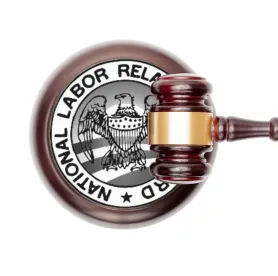Joint employers and independent contractors need to be aware of recent announcements of both the United States Department of Labor (DOL) and the National Labor Relations Board (NLRB). These bodies have announced significant changes to current regulations with respect to their standards for joint employers and independent contractors.
Joint-employer standards have a significant impact on employers, as they determine when one entity jointly employs the employees of another and could face liability for violations of the National Labor Relations Act and the Fair Labor Standards Act. The DOL has rescinded its proposed regulations for a new joint-employer rule from the previous administration. It has not yet announced whether it will engage in future rulemaking. On the other hand, the NLRB has announced it plans to engage in rulemaking to reexamine its joint-employer standard. The current standard requires that an entity have direct and immediate control over employee terms and conditions of work to be considered a joint employer. However, it is anticipated that the NLRB will return to the standard put in place during President Barack Obama’s administration. Under this test, an entity that exercised only indirect control over another employee could be considered a joint employer, which would cause more employers to be considered joint employers.
There are similar changes ahead for the independent contractor standard. Independent contractors are exempt from most relevant employment laws because they are not employees. A change to these standards could make more workers subject to the coverage of the NLRB and the DOL. The DOL has already rescinded its proposed regulations for a new independent contractor standard from the previous administration, and has not announced whether it will engage in future rulemaking on the issue. The NLRB is posed to address this issue more quickly. In a case pending before the NLRB, The Atlantic Opera, 371 NLRB No. 45 (2021), the NLRB has invited the public to submit briefs for its analysis to revise the independent contractor standard.
Employers should be mindful of how these developments and potential changes in existing standards may impact their workforce.



 />i
/>i

